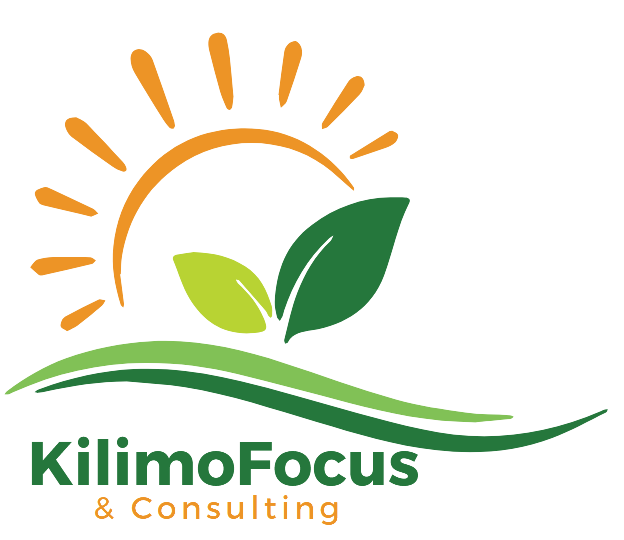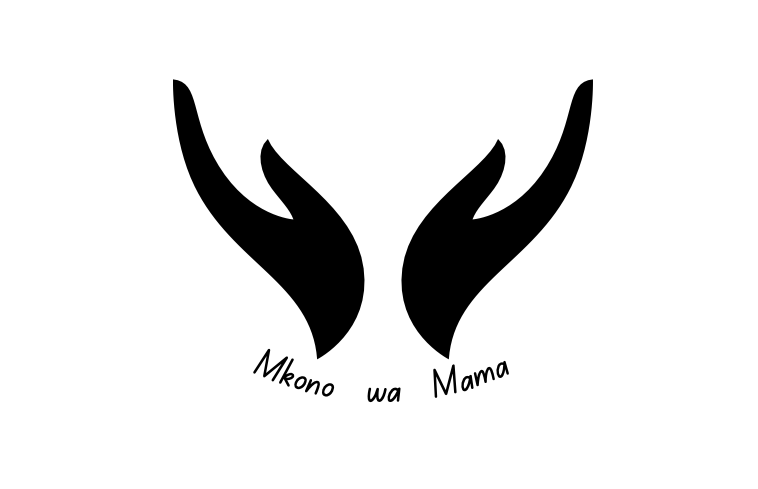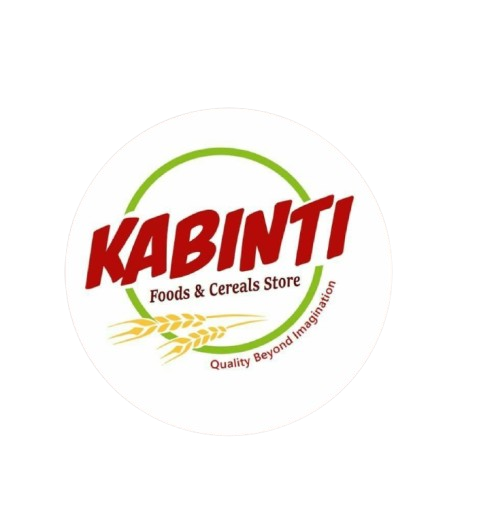SCARF
Building Resilience Through Agroforestry
About the Project
The SCARF project, an innovative initiative, aims to bolster the resilience of rural communities in Tanzania in the face of escalating threats, including extreme weather events, gradual climatic changes, and compounding risks such as the COVID-19 pandemic. Our central strategy in this venture is to leverage agroforestry as a key adaptation practice, given its demonstrated potential to improve farmers' adaptive capacity and the resilience of local farming systems to climatic changes and shocks.
Recognizing that agroforestry can transform agriculture meaningfully, the project endeavors to address the challenges of low adoption rates by piloting innovative approaches and offering comprehensive support for scaling and training on implementation.
Our Role
Sustainable Agriculture Tanzania (SAT) is leading in several key areas as part of the SCARF project.
Study Design and Assessment: SAT collaborates with the Potsdam Institute for Climate ImpactResearch (PIK) and the World Agroforestry Centre (ICRAF) to identify target farmers and diverse farming systems in project communities. In addition, SAT contributes to developing an exhaustive report that consolidates all learnings from the project.
Implementation of Agroforestry Strategies: SAT leads the practical realization of agroforestry strategies, where we organize workshops to identify barriers to agroforestry uptake and design suitable solutions. Our team establishes mother plots in select villages and guides local farmers in implementing or improving existing agroforestry systems.
Upscaling and Outreach of AgroforestryStrategies: SAT and ICRAF create comprehensive training manuals for the tested agroforestry practices. We organize training workshops at the SAT FarmerTraining Centre, supporting farmer champions to extend their knowledge to a wider farming community.
Expected Outcomes
The SCARF project is designed to offer a multitude of benefits to our target groups:
- Farmers: Economic benefits via increased crop yields, improved adaptive capacity to climate shocks, and over coming land degradation challenges.
- Non-Governmental Organizations (NGOs):Clear pathways to support local farming communities, access to new agroforestry methods, and valuable collaboration opportunities.
- Local Government Authorities (LGAs):Detailed reports on implementing and upscaling agroforestry systems, enabling them to make informed policy decisions for the agricultural sector.
Project Impact
The SCARF project stands as a beacon of hope,heralding a future where sustainable farming practices are the norm rather than the exception. By harnessing the power of agroforestry, we aim to ensure foodsecurity, improve income stability and diversification, contribute to biodiversity goals, and support carbon sequestration efforts.
Join us as we embark on this transformative journey. Together, we can create a sustainable future for all.


Business Name: KilimoFocus and Consulting
Founder / Owner Name: Rebeca Andrew
Location: Dar es Salaam
Products/Services: The enterprise sources, packs, brands, and supplies food products to supermarkets and retail stores and provides consultancy services for agricultural projects
Instagram: @kilimofocustz

Business Name: Healthy Dried Food Tanzania
Founder / Owner Name: Oliver Kavishe
Location: Bagamoyo, Pwani
Products/Services: Snacks and food items such as dried fruits and vegetable powders
Instagram: @dried_foodtz

Business Name: Mamahealth Enterprises
Founder / Owner Name: Aslatu Nguku
Location: Dodoma
Products/Services: Preserving fruits and vegetables into healthy snacks and flours
Instagram: @mamahealthtz

Business Name: LPHQ Enterprise
Founder / Owner Name: Angelina Sylvester Hillu
Location: Iringa
Products/Services: Tomato wine
Instagram: @elitewinetanzania

Business Name: Golden Key Organic Processor
Founder / Owner Name: Farida Salehe Nassoro
Location: Dar es Salaam
Products/Services: Health and beauty products made from pure natural plants
Instagram Account: @fora_products

Business Name: Mamabora Food Products
Founder / Owner Name: Rose Mjuni
Location: Arusha
Products/Services: Nut butter with chocolate
Instagram Account: @mamaboranuts

Business Name: Mjasi Enterprises
Founder / Owner Name: Eva John
Location: Dar es Salaam
Products/Services: Ground, beetroot, carrot, coconut, potatoes
Instagram Account: @mjasienterprises_tz

Business Name: Mkono wa Mama
Founder / Owner Name: Ketteneema Lukindo
Location: Dar es Salaam
Products/Services: Fruits Candy and Pastes
Instagram Account: @mkonowamama

Business Name: Kabinti Products
Founder / Owner Name: Sarah Benard
Location: Ilboru, Arusha
Products/Services: Porridge Flour and Pumpkin Seeds Flour
Instagram Account: @kabinti_products

Business Name: Salbena Investment Company Limited
Founder / Owner Name: Simon Majeni
Location: Dar es Salaam
Products/Services: Organic honey
Instagram Account: @Salbenahoney

Business Name: Cocozania Group
Founder / Owner Name: Masome Daniel Kulwa
Location: Dar es Salaam
Products/Services: Virgin coconut oil, blended coconut oil, coconut biscuits, coconut powder
Instagram Account: @Cocozania_Official

Business Name: Nita Food Products
Founder / Owner Name: Lilian Mmbando
Location: Arusha
Products/Services: Nutritious seeds
Instagram Account: @nitafoodproducts

Business Name: Rejuvenation Food Africa limited
Founder / Owner Name: Anne Outwater
Location: Dar es Salaam
Products/Services: Ice cream from wild fruits and honey
Instagram Account: @zaidiicecream

.jpg)
.jpg)
.jpg)

